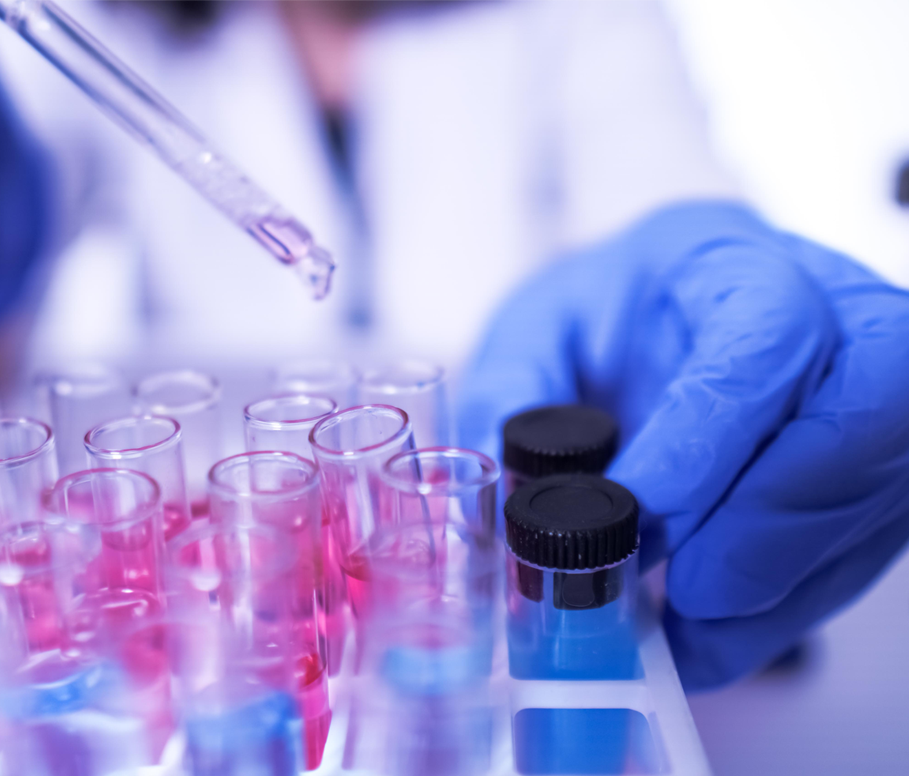Who: SystemOne, an organization with offices in Northampton, MA and Johannesburg, South Africa
The Challenge: GeneXpertâ devices, which perform diagnostic testing for various infectious diseases and are used in over 40 countries, deliver paper-based test results that can take up to 6 weeks for receipt. This leads to difficulties, such as delays in treatment and lost results, all of which are barriers to progress in the fight against infectious disease.
The Opportunity: SystemOne’s innovative platform leverages a private communications network with bank-level security to rapidly deliver diagnostic test results to clinicians in low-resource settings for tuberculosis, Ebola, HIV, and now COVID-19.
“The power of diagnostics cannot be unlocked if results aren’t reported and appropriate treatment given. If data can move faster than disease, we have a fighting chance against rapidly-spreading infectious diseases.“ -Chris Macek, Founder and CEO of SystemOne
How It Works: In collaboration with ministries of health, SystemOne’s digital platform works with diagnostic devices such as GeneXpert to improve the speed of delivery for over 250,000 clinical diagnoses each month. Results are easily accessible, even in remote locations, via notifications through SMS and email, smartphone apps, automated reports, dashboards and application programming interfaces.
The platform can also perform large-scale data analysis to provide meaningful interpretations and inform national and global health organizations about overarching trends in disease patterns. This informs more efficient and impactful intervention strategies.
Development and implementation of the SystemOne platform is a direct result of collaboration between the public and private sectors, made possible by intellectual property (IP) protection. By working hand-in-hand with organizations such as the World Health Organization, the Centers for Disease Control, and the United States Agency for International Development, along with others, this technology has the resources available to provide life-saving information as quickly as possible to areas that otherwise would experience potentially lethal delays.


